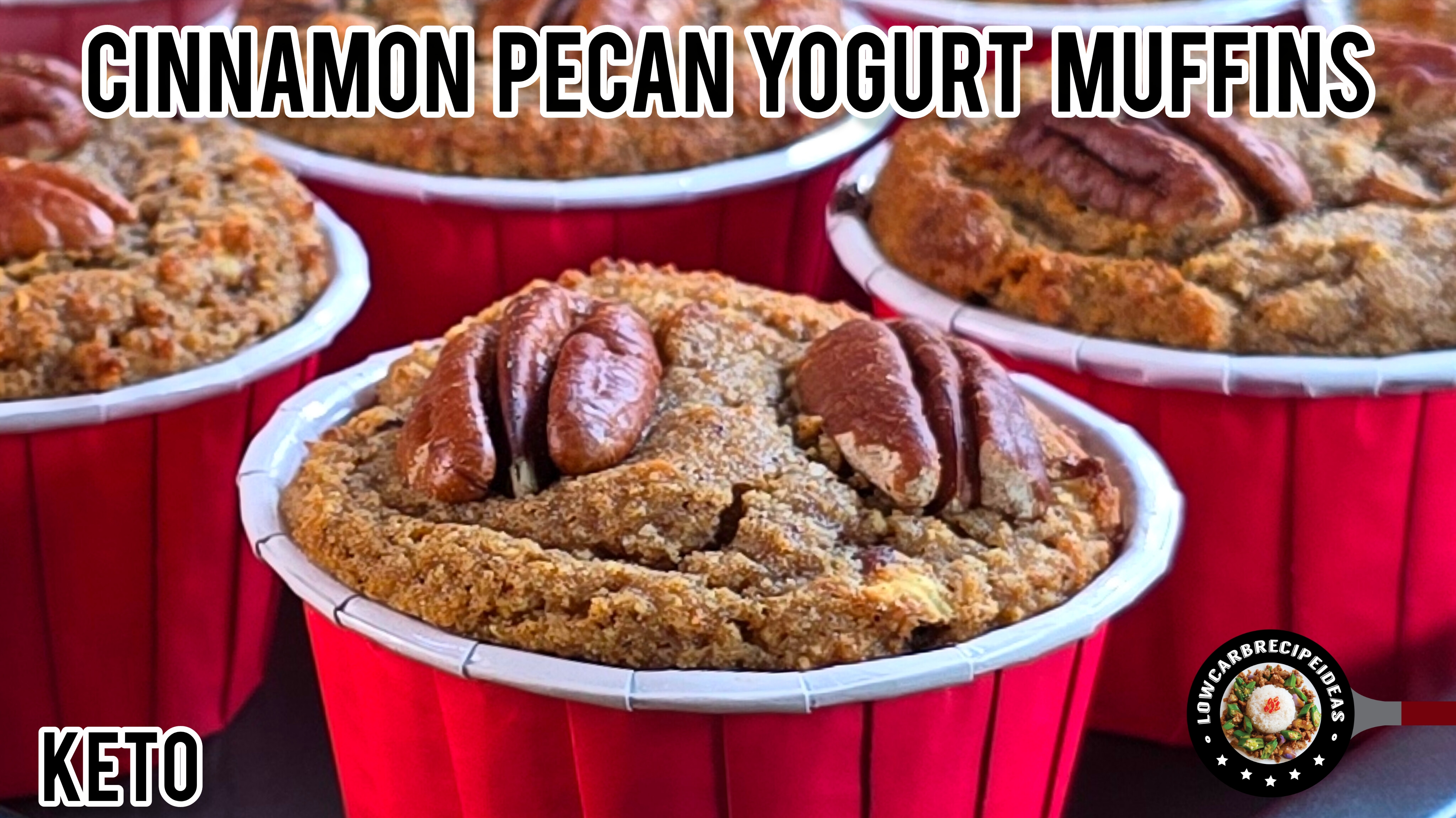Keto Baking Tutorial Part 1 - The Main Issue of Keto Bread
As you know, I have a keto bread baking tutorial video published a year ago. But since there are requests for shorter tutorials, I will be doing this in several parts starting with this part 1. Have you experienced your keto bread turning out like this? Frankly, these were my failures when I first started out. I still experienced them especially when experimenting with new recipes. So, It is quite common to experience such problems especially when you first start to make keto bread. Keto bread is complicated due to the alternative ingredients used so understanding the ingredients is very important. One of the key issues is psyllium husks so today I just want to focus on this important ingredient. 1. What is psyllium husks? As you know, all my recipes are gluten free. So, I chose to use psyllium husks as it is the best replacement for gluten. Psyllium husk is the fibrous seed coating of a plant native to India and it is soluble in water. It expands and become sticky and glutinous. It acts as the “glue” by holding everything together and provides elasticity to shape the dough. Of course, the elasticity is not as flexible as gluten, but it is just enough to shape the dough up to a certain extent. It also makes the bread more bread-like. Without psyllium husks, the bread will be crumbly and cake-like. Why do we add hot or boiling water? The hot water helps the psyllium to activate its glue properties. The hotter the water, the faster it will activate the glue property. This process makes the psyllium absorb the water then the dough will bulk up and produce a bread with a bigger volume. Because of this glue property, the bread will feel a little wet and sticky after baking but once toasted, it is dry and crispy. 2. Whole psyllium husks vs. pre-ground psyllium powder There are 2 types of psyllium husks i.e., whole and powder. And there is a huge difference between the two so that is why I came out with this video. For baking, it is highly recommended to use whole psyllium husks. However, it must be ground until half its original volume then weigh it. If you grind 1 cup, you should get ½ cup and it only takes a few pulses. This level is the most effective for absorbing the water. Very often, people tell me that they did grind the whole psyllium husks, but they did not measure and just grind until powdery which resulted in a more concentrated psyllium. So, this creates a problem of using too much psyllium. If you over grind the whole psyllium husks, then it becomes too concentrated (close to powder) and using the same amount will make the bread heavier, denser, wetter, stickier and unable to rise. This is a classic problem which most people experienced. While commercial pre-ground psyllium powder may be more convenient, but it is super concentrated, and you cannot use the same amount as stated in the recipe. Only a small amount is required around 1 to 2 tsp for a loaf of bread. 3. Why do we still need baking powder and yeast as rising agent? Gluten has a high protein content which makes the bread rise so well. Psyllium husks is mostly fiber without much protein content hence, we need to add more rising agent such as protein from egg whites, baking powder and yeast to help with the rise. Of course, a successfully baked keto bread is not comparable to what gluten does to bread in terms of texture but it is a much healthier option. 4. Is there an alternative for psyllium husks? Frankly, I haven’t found one. I have tried xanthan gum, flaxseeds, chia seeds and nothing come close to what psyllium husk can do. In conclusion, psyllium husk is the most important ingredient for keto bread and if you use it correctly, it will be a game changer. You will get it right every time. If you are new to keto bread, please don’t jump right in and try to make a keto yeast loaf bread as that may make you feel disappointed and give up. Start with a simple and easy keto bun recipe then slowly progress to keto loaf and finally keto yeast loaf.






